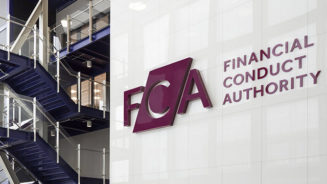Seven themes shaping financial markets and investments
By Kirsten Hastings, 19 May 16
The long term trend of easily securing healthy returns is coming to an end and investors now face the challenge of how
to generate reliable capital growth and income. Aviva Investors has identified seven drivers of long term investment returns. They can be seen by clicking through the following pages.

With China’s economy having expanded last year at its slowest pace in a quarter of a century, stabilising growth appears to have replaced economic and structural reform as policymakers’ key objective in the near term.
With the government acutely aware that a protracted slowdown could be destabilising, the authorities’ task of shoring up activity has assumed a new urgency. And so the National People’s Congress recently set a target to stabilise growth this year at between 6.5% and 7%.
Aviva Investors believes Beijing will ultimately succeed in this goal.
Credit expansion and increased fiscal spending are the key policy tools being used to boost growth. While the stimulus measures are expected to deliver the required rate of growth this year, there is concern that the approach adds more to the already large debt overhang that has resulted from past credit accumulation.
The problem is that China’s total debt to GDP ratio already stands at around 230%. Corporate debt alone represents around 160% of GDP. This is worrying, particularly given overcapacity in sectors such as steel, coal and cement.
The government’s renewed focus on growth via investment means the overcapacity issues facing these industries will be postponed. By putting off the reforms that are crucial to its long term health the danger is that the authorities are storing up an even bigger problem for the future.
One consequence of this volte face is that Aviva Investors expects to see the Chinese yuan will be allowed to gradually depreciate, which will have an adverse impact on the country’s Asian trading partners.
Tags: Aviva | China | Federal Reserve | US






